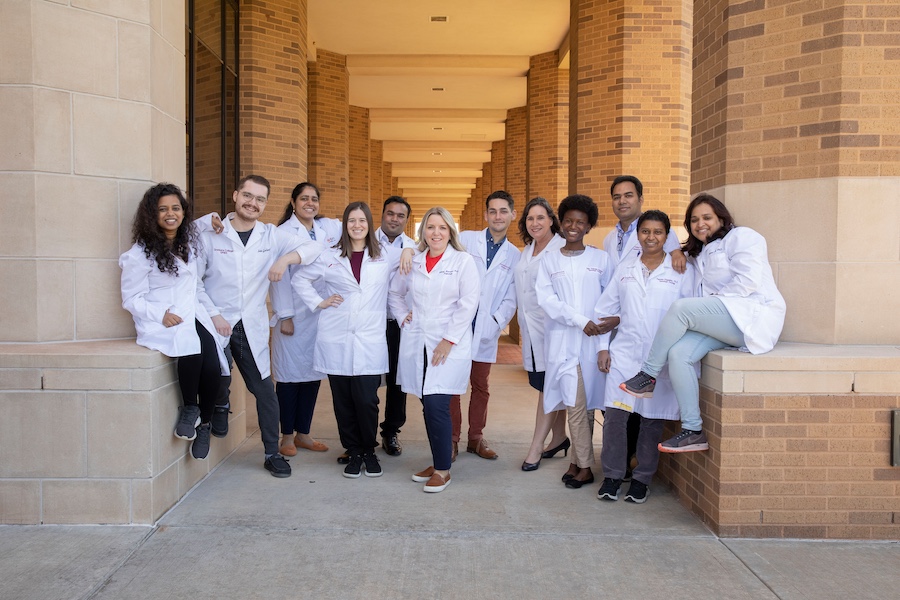
Some ovarian cancers are genetically linked to the gynecologic disorder known as endometriosis, according to recent findings from an international team of researchers.
Endometriosis is a disease in which tissue that normally lines the inside of the uterus — the endometrium — grows outside the uterus. Though endometriosis is classified as a benign disorder, it does behave similarly to cancerous diseases in certain aspects, including tissue invasion and proliferation. This condition is also associated with a slightly increased risk of developing epithelial ovarian cancer (EOC).
The research team, which included scientists from Australia, the United Kingdom and the United States, set out to investigate any possible genetic correlation between endometriosis and EOC subtypes by conducting a comprehensive analysis of more recently available datasets. “The researchers combined large datasets comparing the genomes of 15,000 people with endometriosis and 25,000 with ovarian cancer to find an overlap in risk factors between the two diseases,” according to a release from The University of Queensland, whose scientists co-authored the study. Their findings show that the diseases are genetically linked.
“Our research shows that individuals carrying certain genetic markers that predispose them to having endometriosis also have a higher risk of certain epithelial ovarian cancer subtypes, namely clear cell and endometrioid ovarian cancer,” said the study’s corresponding author, Dr. Sally Mortlock of The University of Queensland. The research team also includes senior author and OCRA grantee Kate Lawrenson, PhD, of Cedars-Sinai Medical Center, as well as OCRA’s Scientific Advisory Committee member and OCRA grantee Beth Y. Karlan, MD, of David Geffen School of Medicine at UCLA.


In addition to discovering evidence of a strong genetic correlation between endometriosis and the two aforementioned ovarian cancer subtypes, the researchers also found that different genetic variants, genes and pathways also likely play a role in the causal relationship between endometriosis and ovarian cancer. Their learnings may also pave the way for future therapies to treat both illnesses.
“We explored specific areas of DNA that increase the risk of both diseases and identified genes in ovary and uterus tissue that could be targets for therapy and may be valuable to understand the link between the disorders and to disrupt biological pathways initiating cancer,” concluded Dr. Mortlock.
Read more in Cell Reports Medicine.


